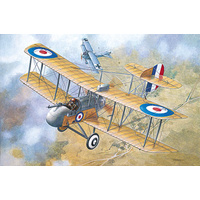
Roden 1/32 De Havilland DH-2 Plastic Model Kit 612
$69.99
Description
The appearance of the first true fighter, the Fokker E. III, in the skies of the Western Front, forced the British to search for an adequate answer. It possessed a synchronized gun and seemed to be the Royal Flying Corps' nemesis. While the secret of the synchronized gun remained out of reach, the only practical solution was to fit a forward firing weapon to an airplane with a propeller behind the pilot. De Havilland took the D.H.1 as a starting point and scaled it down, leaving the aerodynamic form essentially the same. The only notable change was the fitting of a new engine; instead of the in line Beardmore, a 100 h.p. Gnome Monosoupape rotary engine was installed.
The first flight of the new fighter was in 1915. Later, it was sent to the front in France for trials, where it was quickly shot down; however, in spite of this unpromising start the airplane was accepted for service, and in the autumn of 1915 it entered series production.
In January 1916 the fighter squadrons began to re-equip with new types, and No. 24 Squadron of the R.F.C. was the first to receive the D.H.2. With its appearance in the skies of the Western Front, so ended the era of the Fokker monoplanes' dominance. During the first few months, 24 Squadron alone downed 44 of the enemy's airplanes, and the total of victories steadily grew. Pilots noted its propensity for occasionally fatal spins, and its slow speed, but it was a formidable threat for the German Fokker in a maneuvering duel.
In the autumn of 1916 Germany produced an answer for Britain: the famous Albatros D.I. appeared. It instantly made the D.H.2 obsolete, and at the end of that year the D.H.2 was transferred to the 'softer' theaters of Palestine and Macedonia.
The most famous pilots who flew on this type were Lanoe Hawker, V.C.; Alan Wilkinson; and also the commander of 32 Squadron, Lionel Rees, who was awarded the Victoria Cross for a heroic fight against ten German airplanes in which he destroyed two.
At first, the aircraft's armament consisted of a movable gun installation fitted in front of the pilot. Soon, they rejected this installation in favor of a fixed gun, because it became clear that trying to operate a flexible gun during maneuvering was hopelessly unmanageable, while directing the whole airplane at the target was a much better way of aiming it. So, on the basis of the D.H.2 pilots' experience, the movable gun was soon seen to be an anachronism and they replaced it on all the machines in which it was fitted.
450 fighters of the type were built overall during 1916, the great majority of which served in the skies of the Western Front. However, by the beginning of 1917 the D.H.2 remained only in training establishments, and on active service in the skies of the Near East.
This airplane played an important role in the development of British aviation: it ended the dominance of the Fokker in the air and was an important stage on the way to powerful, capable fighters of conventional traction design and with synchronized weapons.
Specifications
| Brand | Roden |








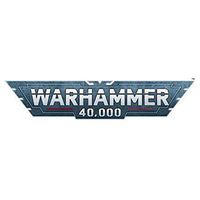

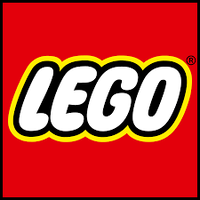

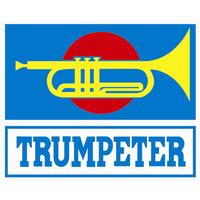


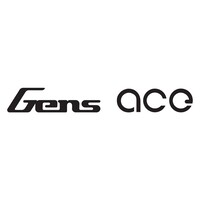


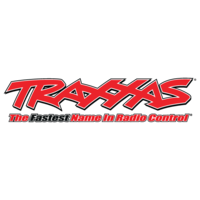







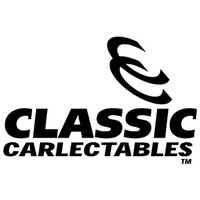
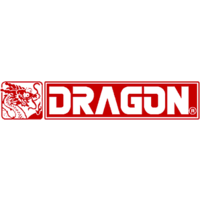





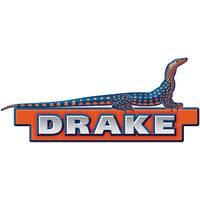


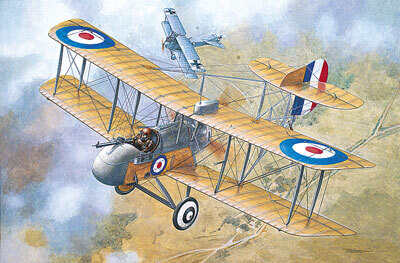
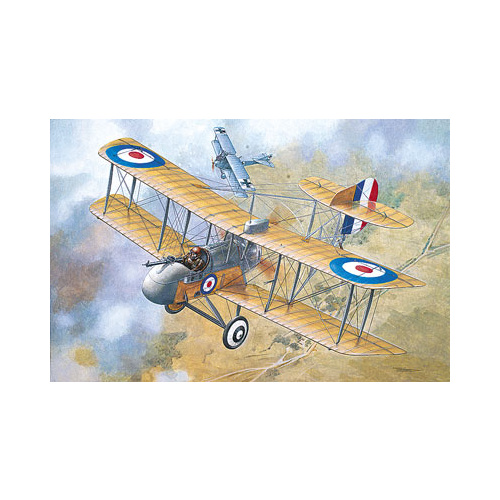
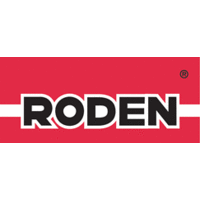
 Flat Rate
Flat Rate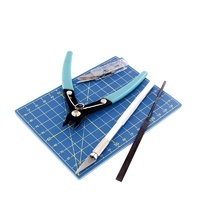
![Deluxe Materials Plastic Kit Glue 20mL [AD70]](/assets/thumb/DM-AD70.jpg?20230421114526)
![Academy 1/72 PBY-5A Catalina Plastic Model Kit *Aus Decals* [12487]](/assets/thumb/ACA-12487.png?20210309115528)
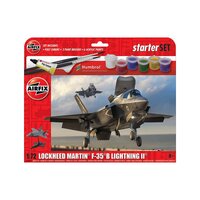
![HobbyBoss 1/72 T-6G Texan Plastic Model Kit [80233]](/assets/thumb/HB80233.jpg?20230130114234)
![Kotare 1/32 Spitfire Mk.Ia (Mid) [K32001]](/assets/thumb/KOT-K32001.jpg?20230504132129)
![Academy 1/72 B-29A "Enola Gay & Bockscar" Superfortress Plastic Model Kit [12528]](/assets/thumb/ACA-12528.jpg?20240219164529)










